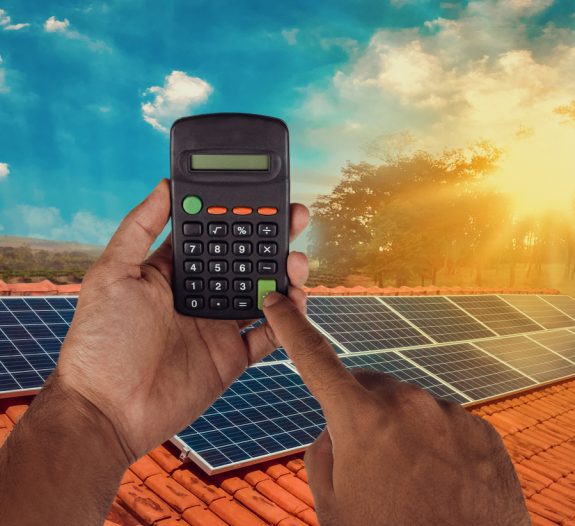The power generation of a solar panel can be calculated using the following basic formula:
P=A×G×η
where:
- P is the power output in watts (W).
- A is the area of the solar panel in square meters (m²).
- G is the solar irradiance in watts per square meter (W/m²).
- η is the efficiency of the solar panel (expressed as a decimal).
Here’s a breakdown of the variables and some additional considerations:
- Area (A):
- The area refers to the physical size of the solar panel. It’s measured in square meters. The larger the area, the more sunlight the panel can capture.
- Solar Irradiance (G):
- Solar irradiance is the amount of sunlight energy that reaches the solar panel per unit area. The standard unit is watts per square meter (W/m²).
- The solar irradiance can vary based on factors such as location, time of day, weather conditions, and atmospheric factors. For standard testing and comparison, the irradiance is often considered at 1,000 W/m² under Standard Test Conditions (STC).
- Efficiency (η):
- Efficiency represents how effectively the solar panel converts sunlight into electricity. It is expressed as a percentage and can vary between different types and models of solar panels.
- For example, if a solar panel has an efficiency of 15%, η would be 0.15 in the formula.
Example Calculation: Let’s say you have a solar panel with an area of 10 square meters (A=10m2), operating under standard test conditions with a solar irradiance of 1,000 W/m² (G=1,000W/m2), and an efficiency of 15% (η=0.15).
P=10m2×1,000W/m2×0.15=1,500W
So, the power output of the solar panel in this example would be 1,500 watts or 1.5 kilowatts.
It’s important to note that actual power generation can vary due to environmental factors, tilt and orientation of the solar panels, shading, and other considerations. This basic formula provides an estimate under ideal conditions.


